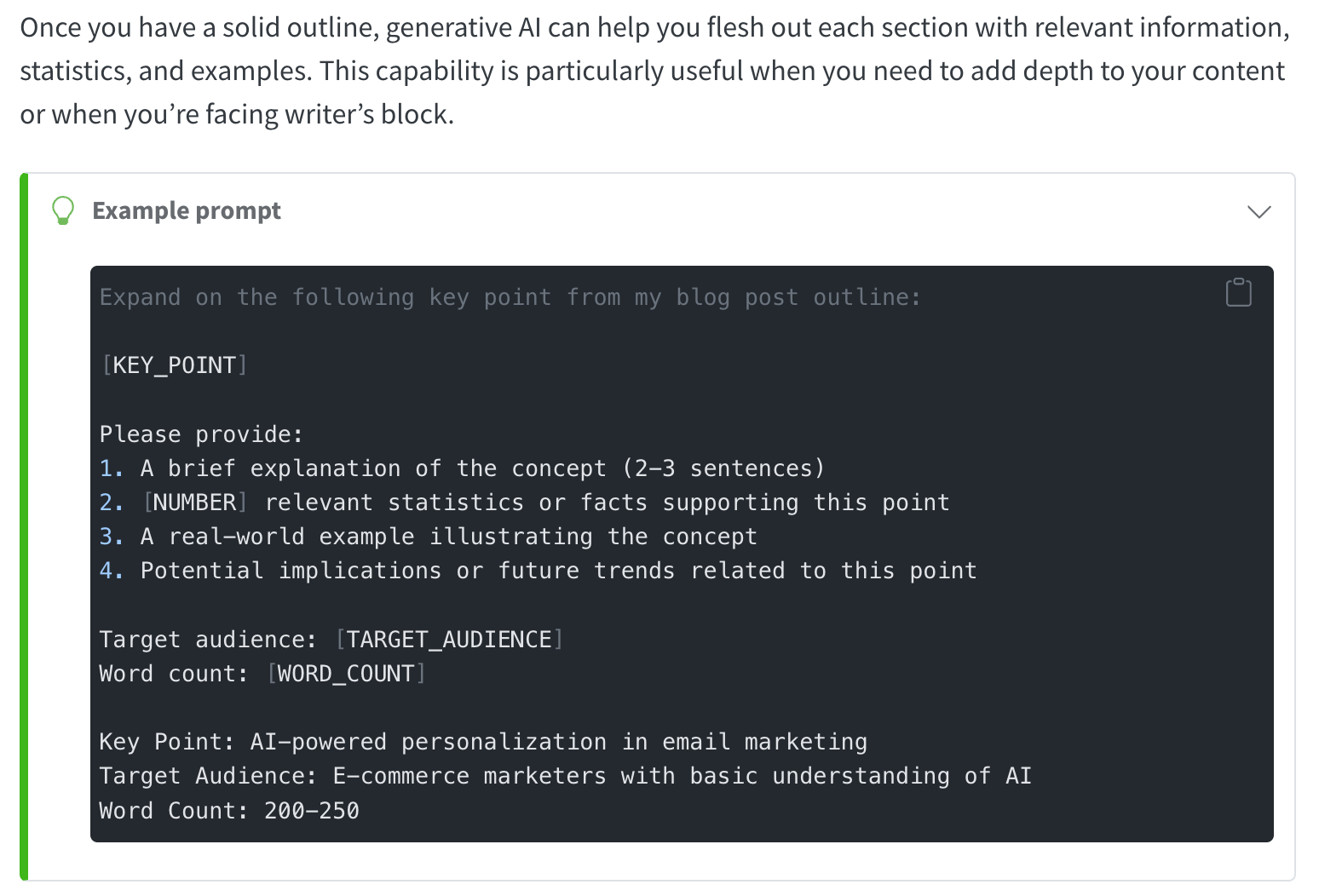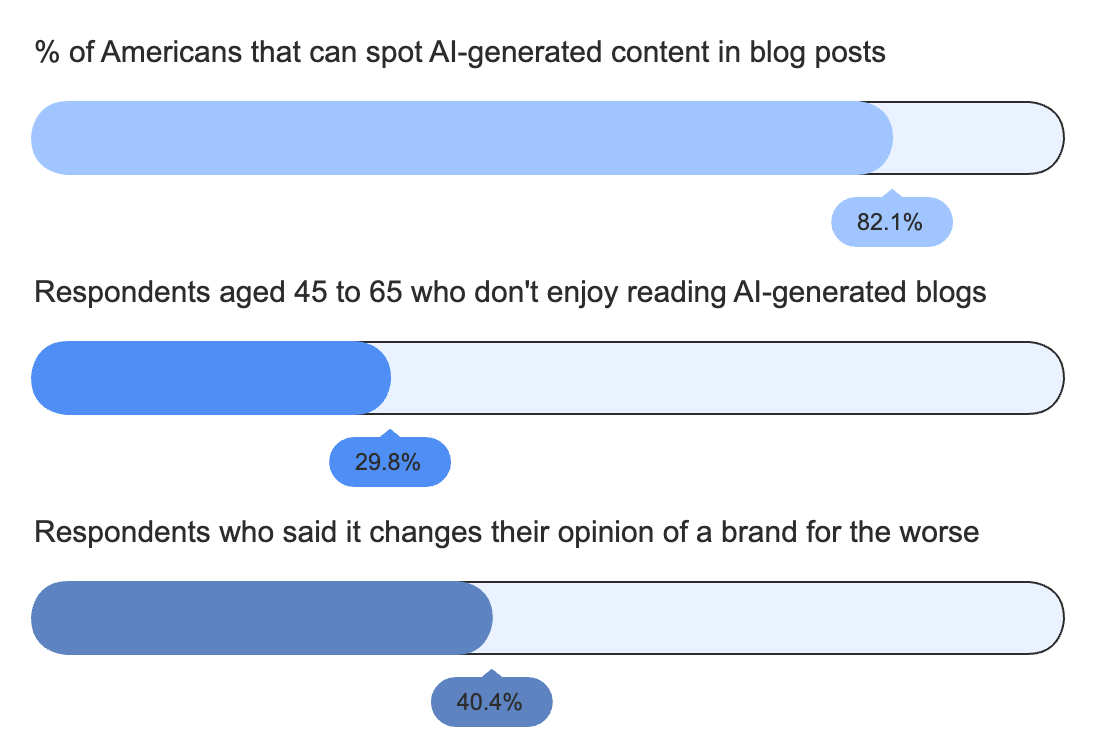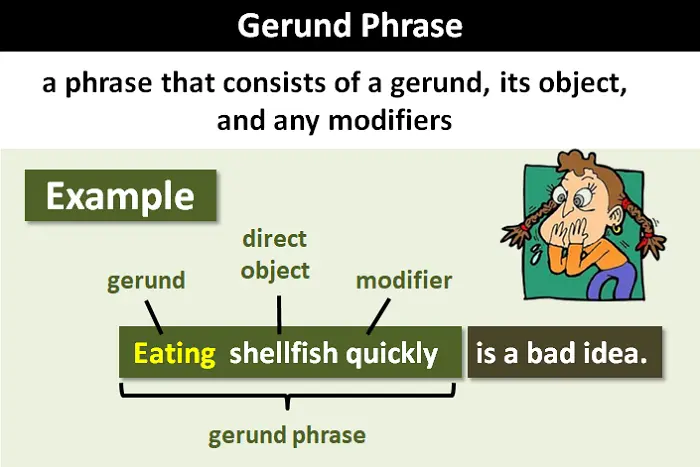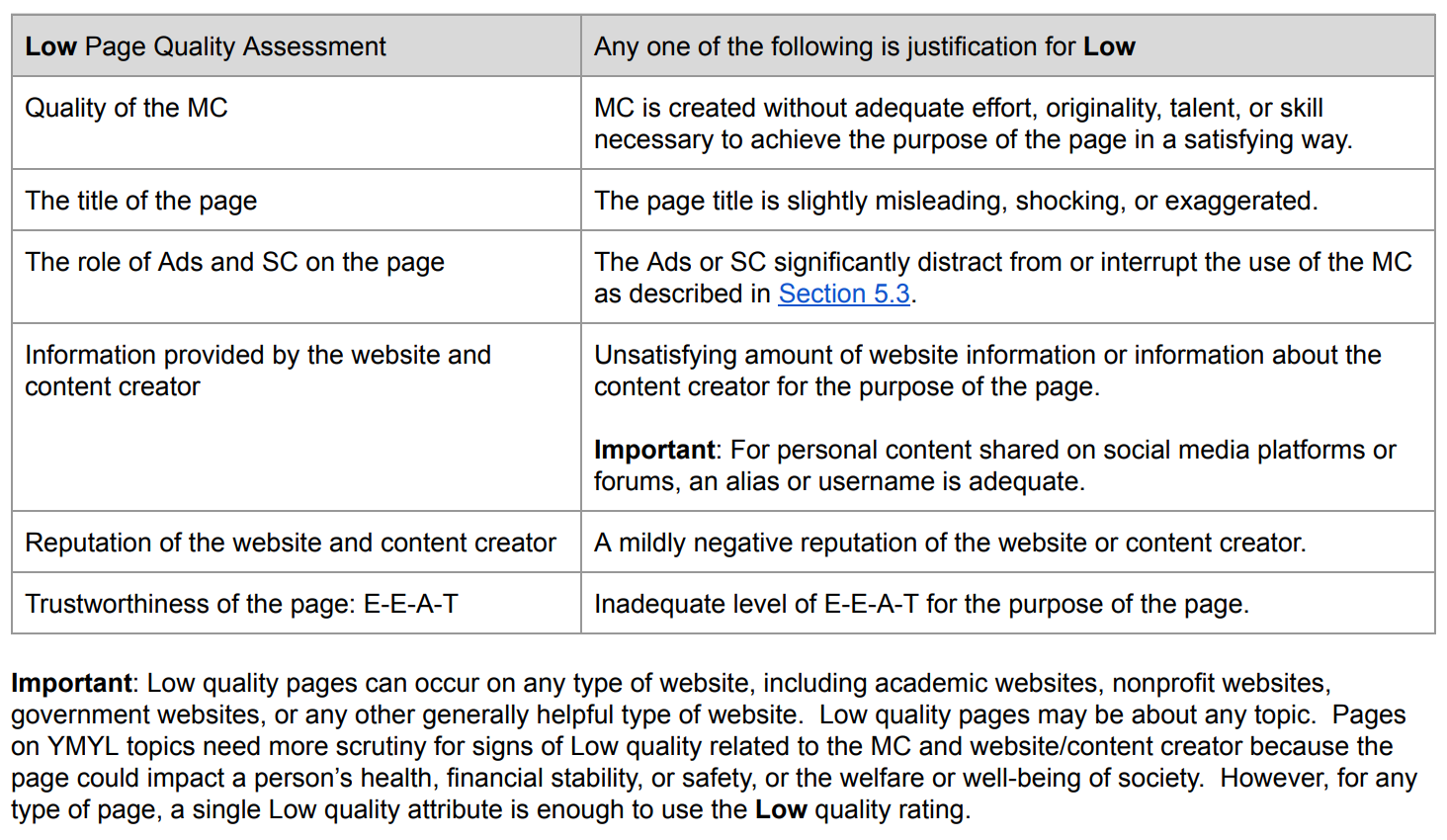The "By-Doing" Cliché

The "by-doing cliché" is a pattern you'll see in a lot of low-effort content.
I'm calling it the by-doing cliché because it always follows this format:
By doing this, you'll achieve that.
It won't surprise you to learn that ChatGPT is the main offender:
By-doing clichés are common in AI-generated content
Last week, I stumbled upon a post that used the "by-doing" cliché 17 times in a 1,200-word article.
No screenshots: my goal is not to shame anyone. I'll just share some examples:
- By accurately capturing
- By implementing
- By strategically connecting
- By strategically implementing
- By clearly defining (used three times)
- By leveraging (used twice)
A writer would never have written the post like this. An editor in charge of AI humanization would have caught it before it was published.
I could also tell that the post was generated section-by-section. Each by-doing cliché appeared in a similar spot in each passage, and each passage was the same length.
People generate content in sections because it's the only way to get a long-form article that makes sense, assuming you don't want to put any time or effort into creating it.
Often, the sections will be generated from People Also Ask questions scraped from the SERP.

A prompt like this will always result in unnatural, repeated patterns. They're right there in the prompt.
Creating content in sections causes a ton of problems:
- There's a disjointed feel; each section stands on its own, with no narrative thread or cohesive thought process
- All sections are roughly the same length
- All sentences have the same rhythm
- There's no information gain and nothing to get excited about
I bounce right back to the SERP when I see content like this, and I'm not alone:

If you want a usable first draft, you can prompt your way out of a corner (to some extent) by adding some constraints:
- Never start sentences with the word 'by'
- Never use gerund phrases

Just keep in mind that you're still designing prompts around patterns, so you'll always get patterns in the response.
If you want a readable result, prompting around the issue can only get you so far. Instead of thinking, "how can I modify my prompt to get rid of this thing", it might be better to step back and think: "Why am I doing this? Is anyone going to think this is awesome?"
It makes more sense to pay a writer or editor to take the outline and put the effort into creating something spectacular.
By-doing clichés in human-written content
Human writers use "by-doing" statements as well.
LLMs learned all of their best tricks from us, after all.
Occasional "by-doing" statements are not the end of the world. And you can normally 'feel' the difference between one that fits and one that doesn't.
In normal usage, other signs of low-effort content are missing:

When editing, I let the occasional by-doing cliché stay. But there is often a better way of saying the same thing.
If you find yourself defaulting to this structure, invest a little effort into reworking the sentence.
There's no reason to say, "by leveraging a can opener, you can access the baked beans". It sounds theoretical.
Just say: "Open your can of beans with a can opener". That's direct.
Use the minimum number of words and the simplest language: content writing 101.
Why we should care about by-doing clichés
In my article about low-effort content, I provided some reasons to avoid publishing samey content:
- Reputational damage
- Mediocre tone
- AI blindness (which means people actively avoid reading what you've published)
We don't need to guess what counts as "low quality" in SEO content. Google defined it for us here. Level of effort is a factor, and so is a lack of EEAT:

If that's not convincing enough, keep in mind that search algorithms are perfectly capable of detecting spammy repetition in the text you publish on your site.
AI often produces uniform sentence patterns. Google’s Natural Language Processing (NLP) models can detect when content lacks variety or human-like flow.
Google uses a system called SynthID to add patterns to AI-generated text. If you create blog posts in Gemini without editing the output, these patterns are already embedded.

It stands to reason that obvious signs of low-effort content, like by-doing clichés, can be detected by automated systems. They can certainly be detected by humans.
That's why I recommend that a human editor detects and removes signs of low-effort content, no matter how it was created.


Comments ()